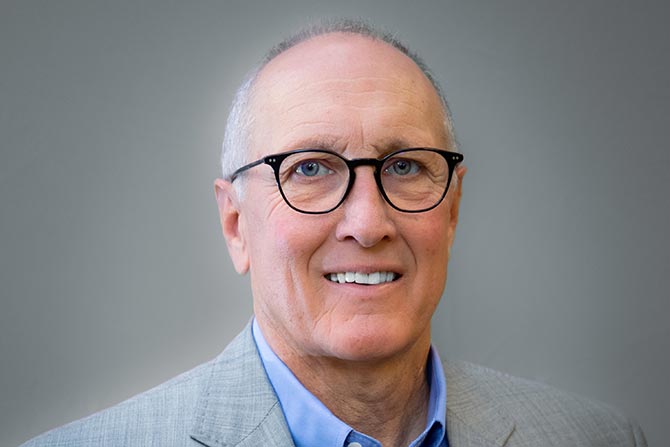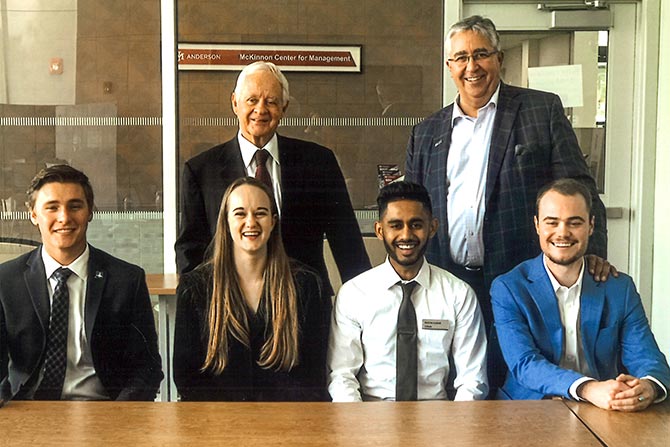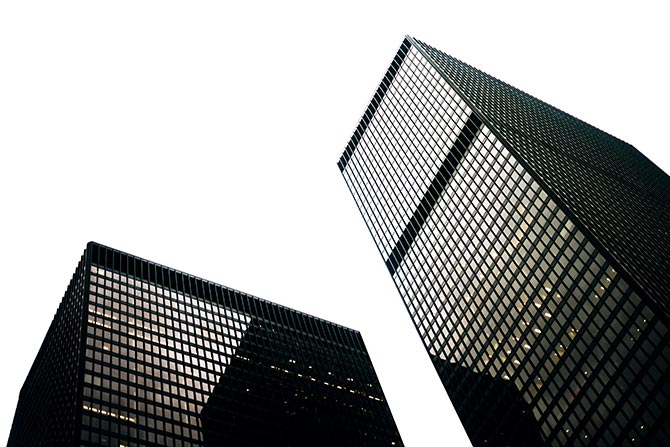The endless election cycles have the effect of putting the electorate into a daze of sorts, but the American public would respond to a more dynamic, participatory democracy with shorter, more focused election cycles.
A common refrain when American presidential election cycles roll around every three years or so is, “Why are our elections so long? Do they have to be?” It’s well-known that election cycles in the United States last a relative eternity, but less discussed are the reasons why they are so painfully overlong. To illustrate how numb Americans have become to the constant electioneering, there were questions when President Joe Biden dropped out earlier this summer over whether the Democratic Party could organize a competent campaign in the matter of several months. This belies how much time and organization goes into political campaigns and contingency plans, and how the length of American political campaigns can be attributed to far more complex origins than pure logistics. The campaign of Vice President Kamala Harris quickly coalesced because major political parties are well-funded machines that can act quickly if need be. But, in America, we’ve gotten used to political parties feigning helplessness when pressed to act and campaigns so mind-numbingly long that most people just want them to end. It isn’t this way because of some law of nature, but because of particular choices made in decades past.
In fact, one of the most defining, unique aspects of American elections is their length. Many other nations have laws on the books strictly enforce how long campaigns can be. While most are aware of how lengthy our election cycles are, it’s less well-known that they haven’t always been this long. As a recent article in the Foreign Policy magazine details, “In 1896, Republican William McKinley famously campaigned from the front porch of his home in Ohio and won election as president. Although candidates would compete in primaries since their advent in the early 20th century, most only did a handful, if any, and they were only testing grounds for the summer party conventions where the machine would select the nominee. In 1968, President Lyndon B. Johnson didn’t even file in the New Hampshire primary.”
The article further details that, “The duration of the presidential campaign cycle has vastly expanded since the early 1970s. Political reform following the tumultuous 1968 Democratic National Convention in Chicago was an important factor behind the change. Democrats were shaken as anti-war protestors clashed with party leaders over the disastrous conflict in Vietnam. Violent confrontations unfolded on the streets where Mayor Richard J. Daley’s police attacked protestors with brutal force. Rather than allowing party operatives to keep picking the nominees in smoke-filled rooms, Sen. George McGovern and Rep. Donald Fraser successfully proposed reforms that made primaries, as well as caucuses, the contests in which voters would determine who sat atop the ticket. And when former Georgia Gov. Jimmy Carter figured out in 1976 how to use the Iowa caucus as a way to build the perception of being a front-runner, the official kick-off for presidential campaigns became January of election year. Republicans embraced the McGovern-Fraser reforms and moved away from party machines as well. Very quickly, candidates started to prepare even earlier as they wanted to make sure to do well in Iowa as well as the New Hampshire primary so as to receive the boost of an early victory.”
However, there was another crucial factor at play: money. In 1974, in the aftermath of Watergate, Congress passed reforms that created contribution limits, spending limitations, tighter disclosure rules and a Federal Elections Commission. But these reforms were the equivalent of putting a band-aid on a bullet wound, and they failed to prevent the rapidly increasing costs of elections. Specifically, television spots placed an incredible strain on the budgets of candidates. By 2020, presidential and congressional elections cost an astronomical $14 billion. This is a greater amount than the GDPs of some small countries. Also, the election reforms of 1974 were knocked down by the Supreme Court in 1976 on the grounds they violated free speech. After this, political action committees and non-profit entities became the primary economic engines of both major parties while presidential candidates decided not to accept public funds in lieu of spending as much private money as they wanted to. This has created politicians who largely respond only to the demands of big money donors, and look at the demands of constituents as a nuisance at best and threats at worst. Over the years, candidates and consultants have joked that presidential campaigns usually start the minute after the inauguration ends.
Another factor is television, and the more television has evolved into its modern incarnation, the more insufferably long the campaigns have become and the more irrelevant much of the coverage around the campaigns has become. The 1980s were the dawn of cable networks devoted strictly to news, most notably CNN in 1980, and then Fox News and MSNBC came along in 1996. The networks make their money through advertising, so they are incentivized to air stories that will garner high viewership. Horse-race political coverage became ideal content to fill airwaves because, one, it theoretically changes on a day-to-day basis, albeit in ways largely insignificant, and, two, it doesn’t offend or conflict with the sensibilities of any advertisers. Talking about the day-to-day machinations of the campaigns gives the illusion of urgent breaking news that is hugely important without substantively delving into the structural issues that plague America.
This endless electioneering creates a plethora of collateral damage, as Congress seems incapable of remotely fulfilling the wishes of everyday constituents and is stuck in a cycle of constant fundraising and electoral pressure, with zero time for sober policymaking or making any structural improvements to our system of governance. Additionally, the endless election cycles lead to a deeply cynical and apathetic electorate, rightly sick of hearing endless bloviating from politicians with little intent on following through on campaign promises and meaningless pontifications from an elite media class paid to put a charitable spin on political corruption and Congress’ complete inability to govern effectively. With our election cycles, we essentially have the worst of both worlds. They last forever, but due to the nature of corporate advertising propping up news networks, the endless election cycles aren’t used to discuss much of substance.
Instead, a great deal of political coverage is devoted to optics and political maneuvering, such as how a politician looks on television and how a politician can pander to a certain group to gain their approval. There is very little discussion on the substance of political issues, such as the economy, the climate, housing, foreign policy, healthcare, etc. Much of the time discussing these issues is devoted to attacking the opposing party’s ideas and very little is devoted to discussing the root causes, deeper context or possible solutions to the problems. This leads to a general public that is apathetic, cynical and constantly lied to and misinformed. One has to go out of his or her way to find substantive, intelligent writing or discussion of these pressing issues, and many people understandably want to spend their free time in more leisurely pursuits.
As the last few months have shown, it is more than possible for the public to make an informed electoral decision in a much shorter time period. And both political parties could put together campaigns in a much shorter time period. But the never-ending campaign cycles aren’t done for the benefit of the public. They exist because both American political parties are principally fundraising machines unconcerned with governing in a way most Americans would desire. And with that as the overriding factor, the amount of money on the line and the 24-hour news cycle necessitates endless electioneering. The public’s apathy and discontent are merely inconvenient side effects.
There isn’t much evidence for any reform to our election system on the immediate horizon, which is grim in one sense. The factors that make our elections the way they are have only become more entrenched over the decades. But the American people are more than capable of focusing on substantive issues, and doing so in a shorter time period. The endless election cycles have the effect of putting the electorate into a daze of sorts, but the American public would respond to a more dynamic, participatory democracy with shorter, more focused election cycles. There is plenty of evidence of that. However, there is little evidence that any reform in this direction is occurring. Like many issues, the American public is far more ready for substantive change than the political class and its donors.









